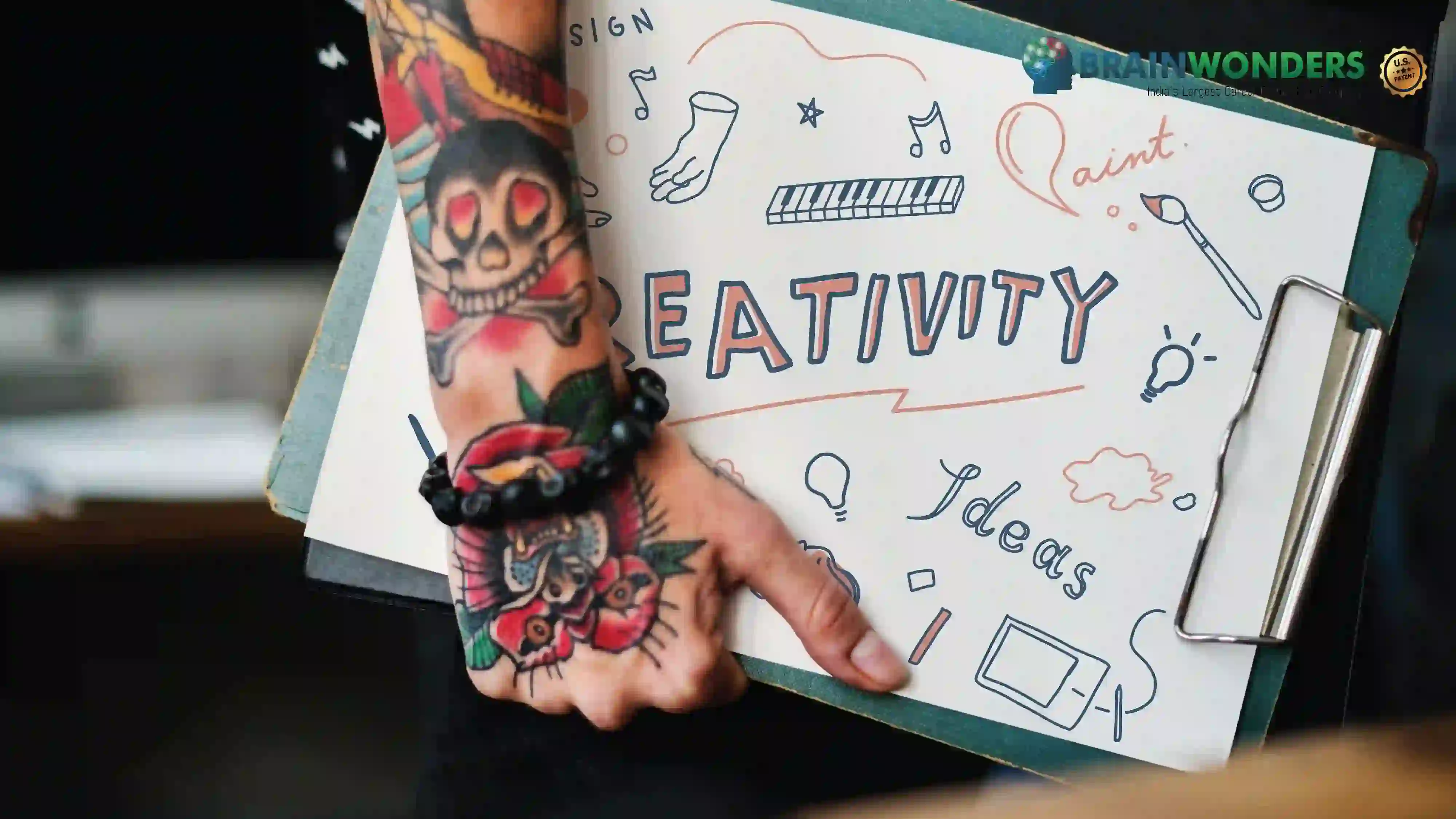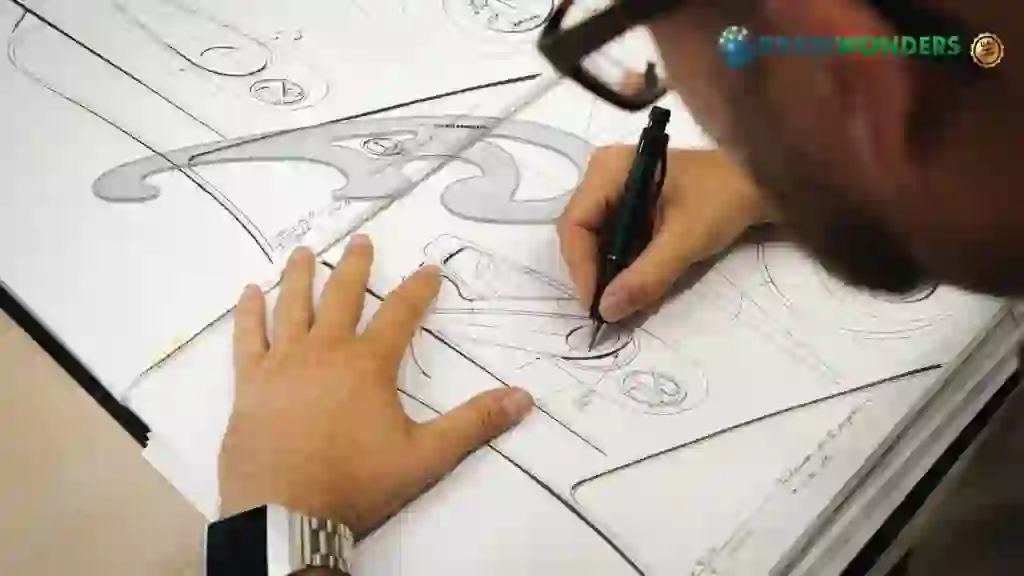How to become a Typographic Designer
Overview, Courses, Exam, Colleges, Pathways, Salary

Overview
Who is Typographic Designer ?
In today’s world, each of us are bombarded with lots of advertisement of a wide array of products and services. The first and foremost goal of an advertisement is to capture attention. Typographers have a major contribution to this team work. They increase the aesthetics by designing the typeface which truly represents the product/service. The typeface involves the layout, font, color and size of the text used. They also style type for the online and print publications which is why they are referred to as desktop publishers, Layout artist etc.
They can work to design typeface for a wedding invitation, children’s book, milk carton etc.Communication of information being the primary function, often the aesthetics of the typeface is left unnoticed. However, the art of typography has a major impact, the typeface, depending on its properties have the power to enhance and degrade the readers experience.
Typical day at work
What does Typographic Designer do?
- Visual effects and packaging play significant roles in product branding, and the job of a typographer is to create the typeface that graphically reflects the brand’s true story.
- The layout of text as well as its size, color and associated font compose an item’s typeface.
- A typeface can set the visual mood of items for which it is associated. For example, typographers can craft a typeface for wedding invitations that exude elegance, or they can create a typeface for a children’s book that evokes feelings of fun and excitement.
- Here are the key skills, main employers and the typical educational and career paths of successful typographers.
Abilities and Aptitude needed
What are the skills, abilities & aptitude needed to become Typographic Designer?
- The job would require the typographer to take up several projects in a wide range. The most important demand to be met is to be “unique”.
- The artistic expression is a skill that would enable the typographer to design a typeface that uniquely expresses its purpose. Creative problem solving would be handy when they have to enhance the brand while staying within the physical layouts.
- The technological development has laid its signature in this field through softwares and made the task easier, by which computer literacy is a major skill required. They must have good communication skill to understand the purpose of the project by communicating with the client and to understand their specific needs and requirements. Each curve of a typeface holds a function, to begin with, the typographic designer must give attention to every little bit of detail.
Pathways
How to become an Typographic Designer?
Entrance Exam
Entrance Exam for Typographic Designer ?
Courses
Which course I can pursue?
Best Colleges
Which are the best colleges to attend to become an Typographic Designer?
Industries
Which Industries are open for Typographic Designer?
- Publishing Agencies
- Newspapers
- Magazines
- Digital Media Firms
- MNCs (Branding team)
- Consultancies
- Advertising Agencies
- Branding Agencies
internship
Are there internships available for Typographic Designer?
Yes, there are internships available for Typographic designers. Internships provide valuable opportunities for aspiring Typographic designers to gain practical experience, work on real-world projects, and enhance their skills. Here are a few sources where you can find Typographic designers internships:
- Company Websites: Visit the websites of design agencies, advertising firms, and creative studios specializing in graphic design. Look for their "Careers" or "Internship" pages to see if they have any openings related to typographic design.
- Online Job Boards: Explore popular job boards such as Indeed, LinkedIn, Glassdoor, and Behance. Use keywords like "typographic design intern" or "graphic design intern" to narrow the search results.
- Design Organizations: Check the websites of professional design organizations, such as AIGA (American Institute of Graphic Arts) or local design associations. They may have internship listings or resources to help you find opportunities.
- Networking: Reach out to your network of professionals, professors, or classmates in the design field. They might have information about internships or can connect you with relevant opportunities.
- Design Schools: If you're currently enrolled in a design program, consult your school's career services department. They often have resources and connections to help students find internships in their desired fields.
Career outlook
What does the future look like for Typographic Designer?
The future for typographic designers appears promising as visual communication continues to evolve in the digital age. While technological advancements have automated specific design tasks, typographic designers bring a unique blend of creativity and expertise to their craft.
As the demand for effective visual communication remains constant, typographic designers will continue to play a crucial role in creating impactful and memorable designs. They possess the skills to select and arrange fonts, ensuring legibility, hierarchy, and aesthetic appeal in various media forms.
With the growing emphasis on user experience and branding, typographic designers will find opportunities in web design, app development, and advertising. They will be sought after to create visually appealing typography for websites, mobile applications, and digital marketing campaigns. Additionally, the rise of multimedia platforms and interactive design offers exciting avenues for typographic experimentation and innovation.
Furthermore, as society becomes more visually oriented, typographic designers must communicate complex information effectively through infographics, data visualization, and editorial design. Their ability to create typographic compositions that balance readability and visual impact will be highly valued.
.webp)
.webp)

